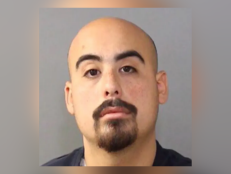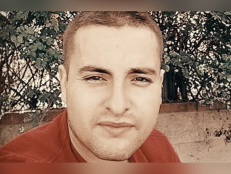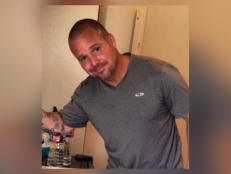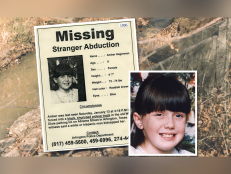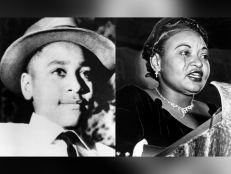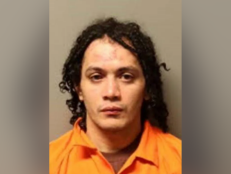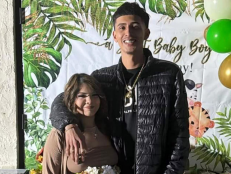How The 1991 Brutal Hate Crime Murder Of Paul Broussard Changed One Texas Community
The murder victim “could have been anybody’s son, anybody’s brother,” says a former Houston mayor.
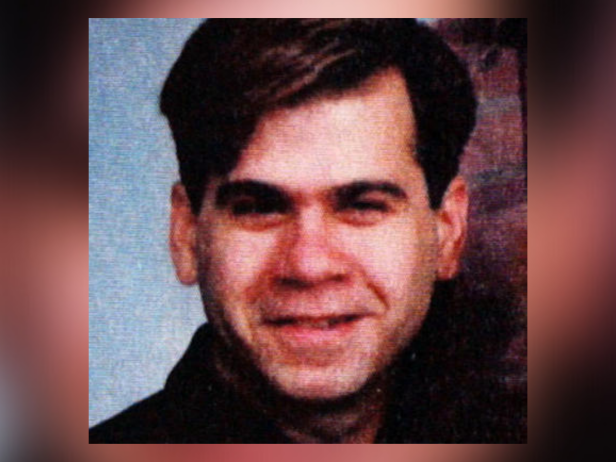
Broussard Family
In 1991, a banker in Houston was heading home after going out with friends when he was brutally beaten and stabbed in a gay bashing incident that sparked an outcry from the community and a call for change.
On the evening of July 3, 1991, Paul Broussard, 27, went to Heaven, a popular gay nightclub located in the Montrose neighborhood in Houston. He left the bar with two friends around 2 a.m. and the trio was walking down the street when 10 young men and teenagers in two cars pulled up alongside them.
At first it appeared someone in one of the vehicles just needed directions, but the group’s true reason for stopping quickly became evident.
“They started beating Paul with 2x4s with nails in it. Kicking him with steel toed boots. He was stabbed, he had internal injuries. His testicles were bruised and crushed,” David Sanders, Broussard’s friend and coworker at a local bank, recalled in an interview with KTRK-TV. “One of the guys [with Broussard] ran away with no injuries. [The other] was hurt but was able to get away.”
After the brutal beating, hours reportedly ticked by before an ambulance arrived to transport Broussard to the hospital, which was less than three miles away.
“Emergency responders were slow to answer in Montrose for fear of contracting AIDS (even in the early ’90s),” an article in Houstonia Magazine noted, “so the EMS didn’t arrive until the early morning, leaving Broussard untended for hours.”
When Broussard finally was brought to the hospital, he died after undergoing emergency surgery.
According to Houstonia Magazine, the Houston Police Department “had long had a contentious relationship with the gay community” and after the slaying, investigators “did not seem intent on pursuing Broussard’s murderer.”
LGBTQ+ activist Andrew Edmonson explained to KTRK-TV that at the time of the murder, “there was a feeling gays were second class citizens.”
“It was just someone queer in Montrose that got killed and there was no sense of urgency about getting a response and getting the person to the hospital," Edmonson said, adding that after the attack “there was a groundswell of energy and anger, a sense that 'We have got to do something. We cannot let this go uncovered by the media, we cannot let HPD not take action and not try to find the killers.’”
Edmonson, activists, and other community members, both gay and straight, staged massive protests that resulted in Broussard’s murder receiving widespread coverage.
“The incident brought us allies that hadn’t really considered the need for it before, that sense of shared vulnerability,” the city’s former mayor, Annise Parker, told Houstonia Magazine. “Paul Broussard could have been anybody’s son, anybody’s brother.”
Houston police were able to identify and arrest the 10 people connected to Broussard’s slaying and they all pleaded guilty to being involved.
The Courier of Montgomery County reported that five of the defendants received probation and four were sent to prison and eventually paroled.
Jon Buice, who was 17 at the time of the incident, pleaded guilty to murder and received 45 years behind bars, the longest sentence of the 10, since he wielded a knife and delivered the stab wounds that caused the victim’s death.
In December 2015, Buice, now 47, was released after serving 23 years in prison and placed on parole. He spent three more months in jail in 2020 when he was convicted in Montgomery County for driving while intoxicated, a violation of his parole, according to KPRC-TV.
“Paul was 27 when he died and I know that one guy that got the longest sentence, he was out after 23 years and that's not right,” said Sanders, the victim’s friend and colleague.
Buice, he pointed out, “took a life and 23 doesn't equal 27.”
